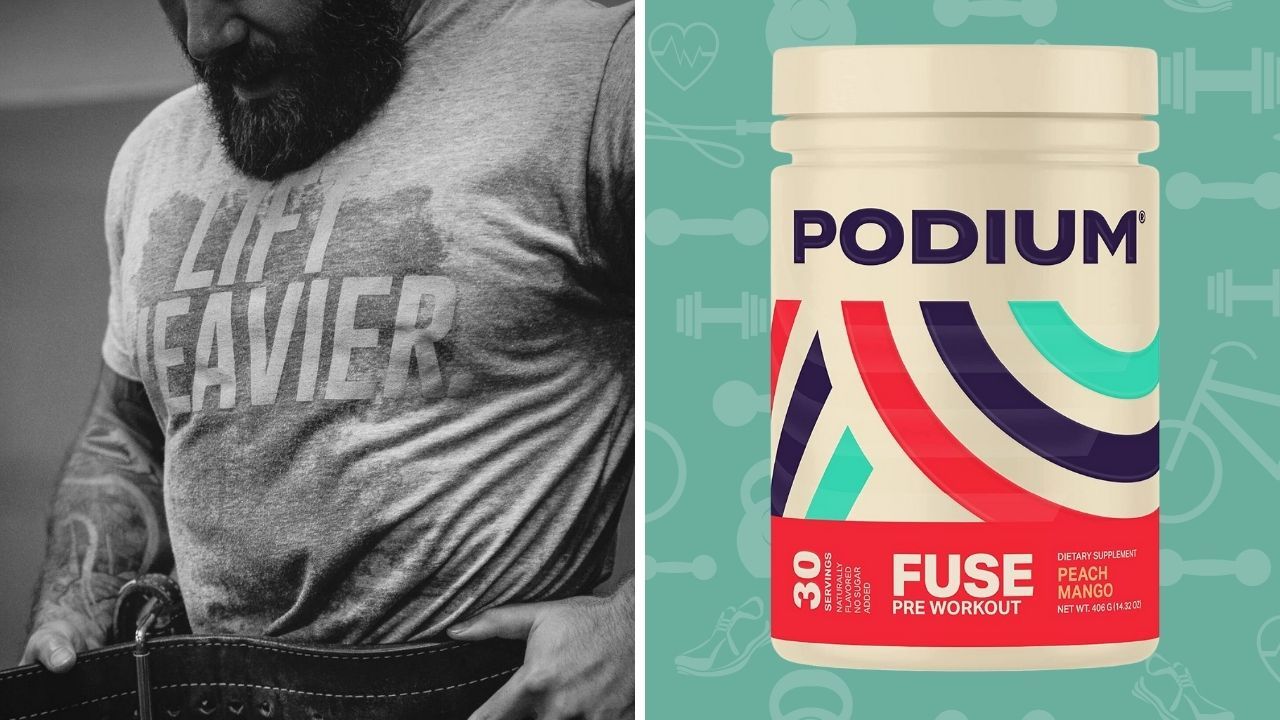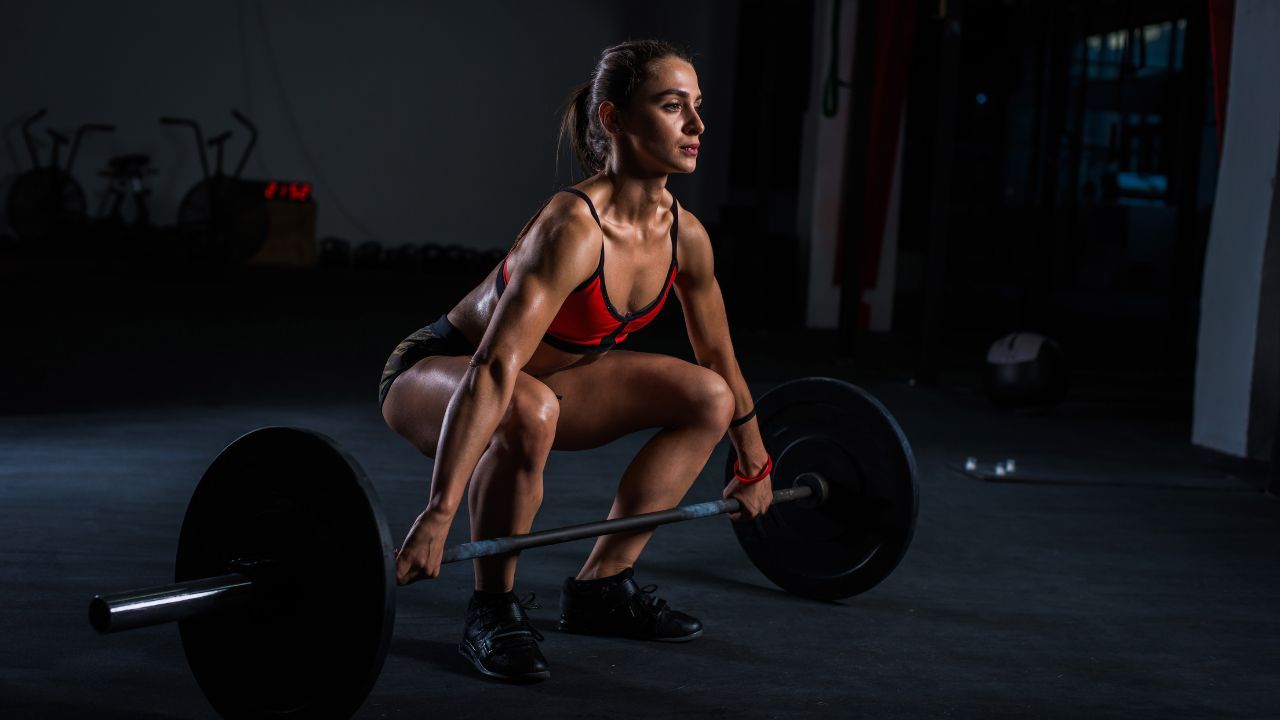
Difference Between Snatch vs Power Snatch: Full Breakdown
Unravel the mystery of Snatch vs Power Snatch with our detailed guide - dive into the dynamics of these powerful lifts!
Ever felt the rush of lifting a barbell from ground to overhead in one swift movement? If not, then you're missing out on one of the most exhilarating experiences in weightlifting.
We're talking about the Snatch and its power-packed cousin, the Power Snatch. These two Olympic Weightlifting movements are not just about brute strength - they're also a testament to your agility, speed, and mobility.
Understanding their mechanics is crucial, not only for boosting your performance but also for reaping the maximum health benefits. So, are you ready to dive deep into the world of Snatches? Let's get started!
What is a Snatch?
Imagine a ballet dancer performing a grand jeté. Now replace the dancer with a weightlifter and the graceful leap with a barbell lift.
That folks, is what a Snatch is like - an elegant display of power and precision. It involves lifting the barbell from the ground to overhead in one smooth motion, ending in a deep squat position.
The Snatch (aka full snatch or squat snatch) is a full-body workout, engaging everything from your legs and hips to your shoulders and arms. Think of it as a symphony where every muscle is an instrument playing in perfect harmony. Your quadriceps, hamstrings, glutes, lower back, abs, shoulders, and arms all get a piece of the action.
Incorporating the Snatch into your workout regimen can be a game-changer. Not only does it increase your strength, flexibility, and coordination, but it also revs up your metabolism, making it an effective tool for weight loss.
Step-by-Step Guide to Correct Snatch Form
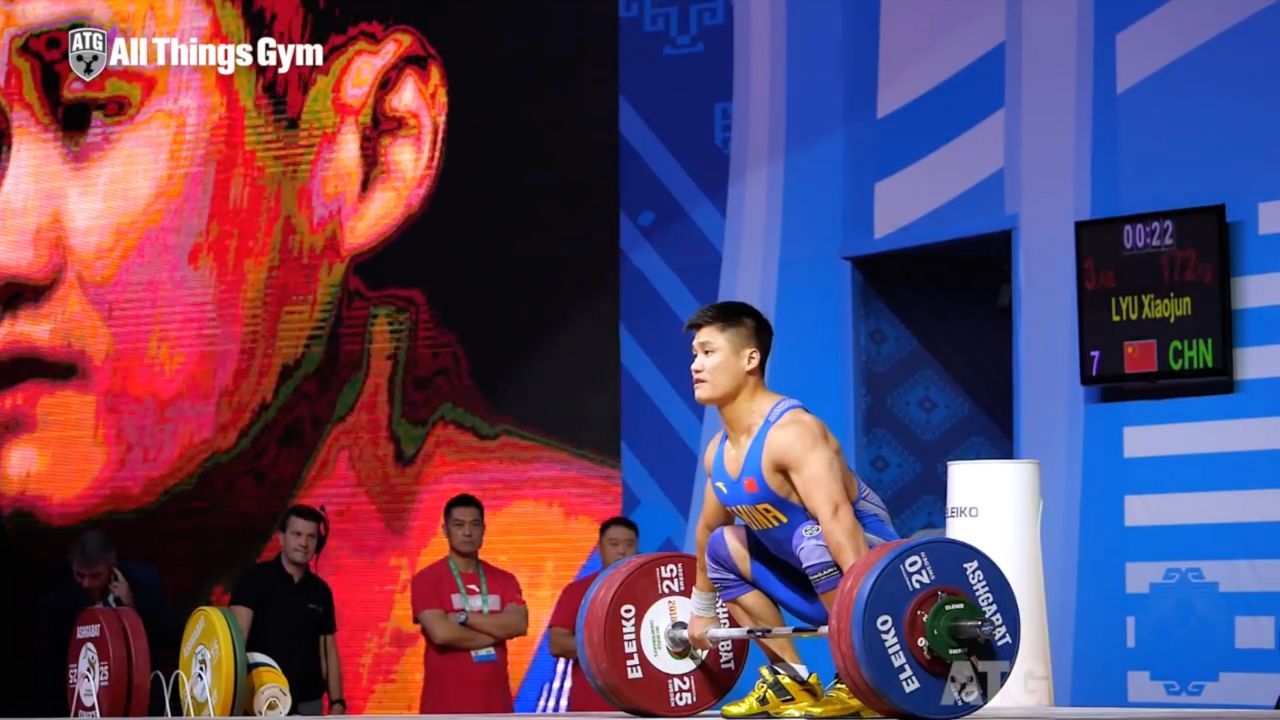
1. Starting Position and Grip: Stand with your feet hip-width apart, the barbell close to your shins. Bend your knees slightly and grip the barbell with a wide snatch grip – hands placed wider than shoulder-width apart.
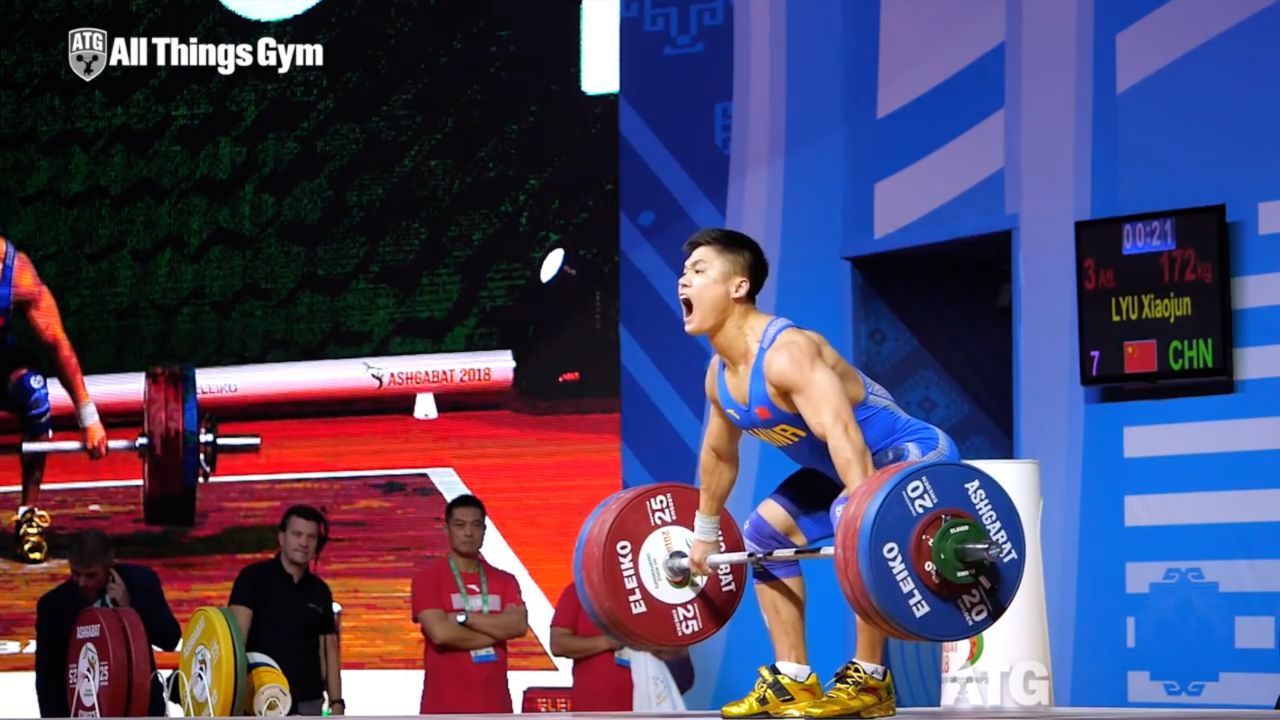
2. First Pull: From the Ground to Knee Level: As you begin the lift, with your back straight and chest up, lift the bar by pushing through your legs. Keep the bar close to your body, almost like you're shaving your shins with it. The goal is to reach just above your knees while maintaining your back angle.
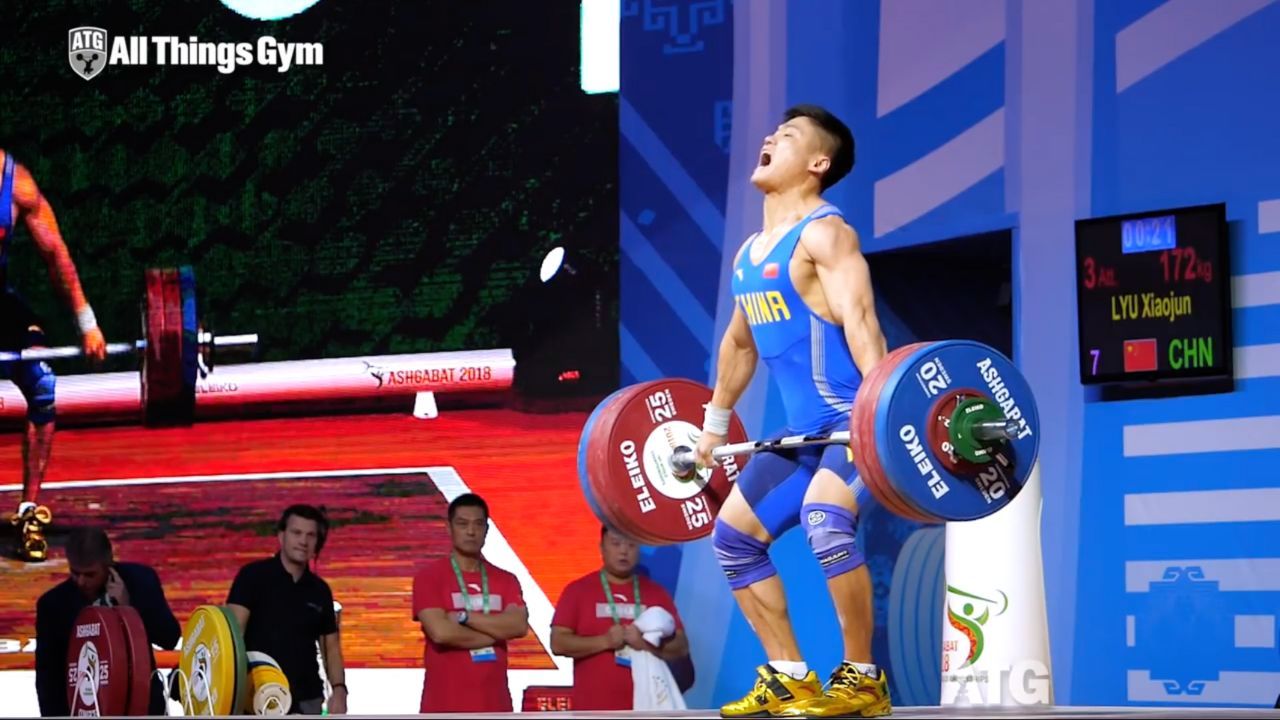
3. Transition: From Knee to Hip Level: As the bar passes your knees, extend your hips and knees together, almost like a jump. This is the moment where you unleash that explosive power. As the bar reaches your hips, it's time for the next act.
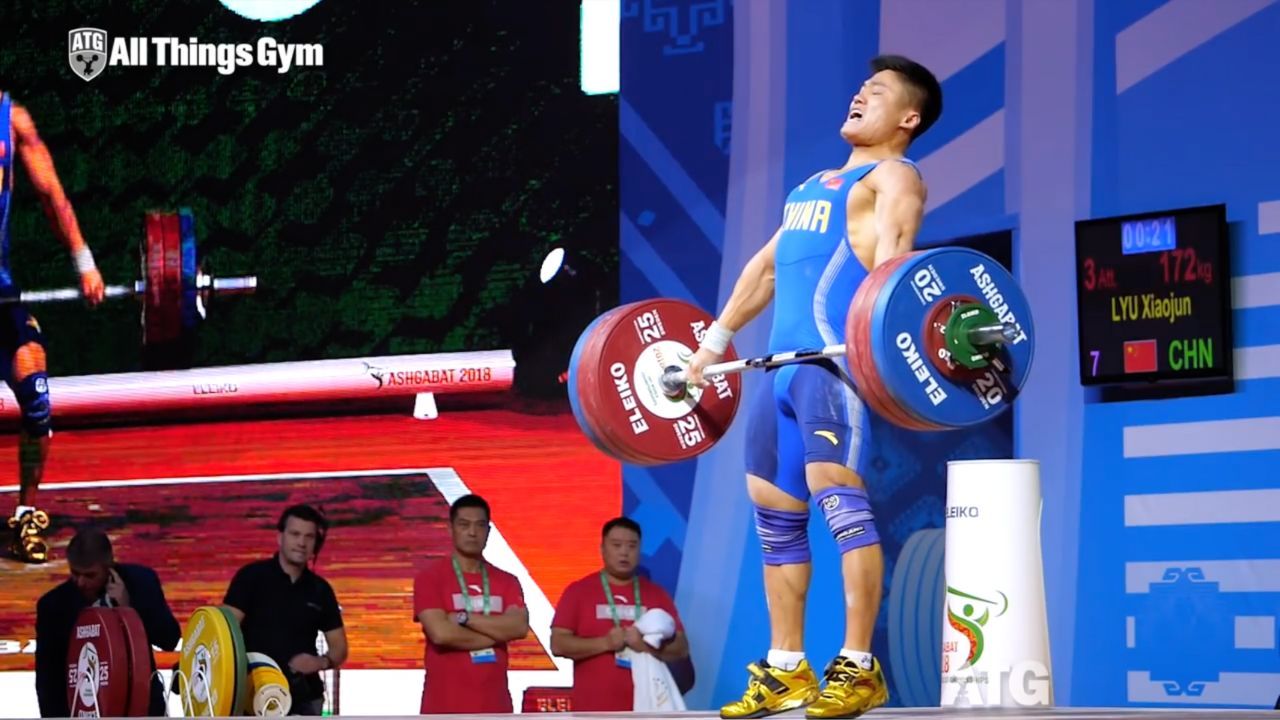
4. Second Pull: Explosive Hip Extension: Swiftly extend your hips, propelling the bar upward. At this point, your body is fully upright, and the bar should be close to your body's centerline.
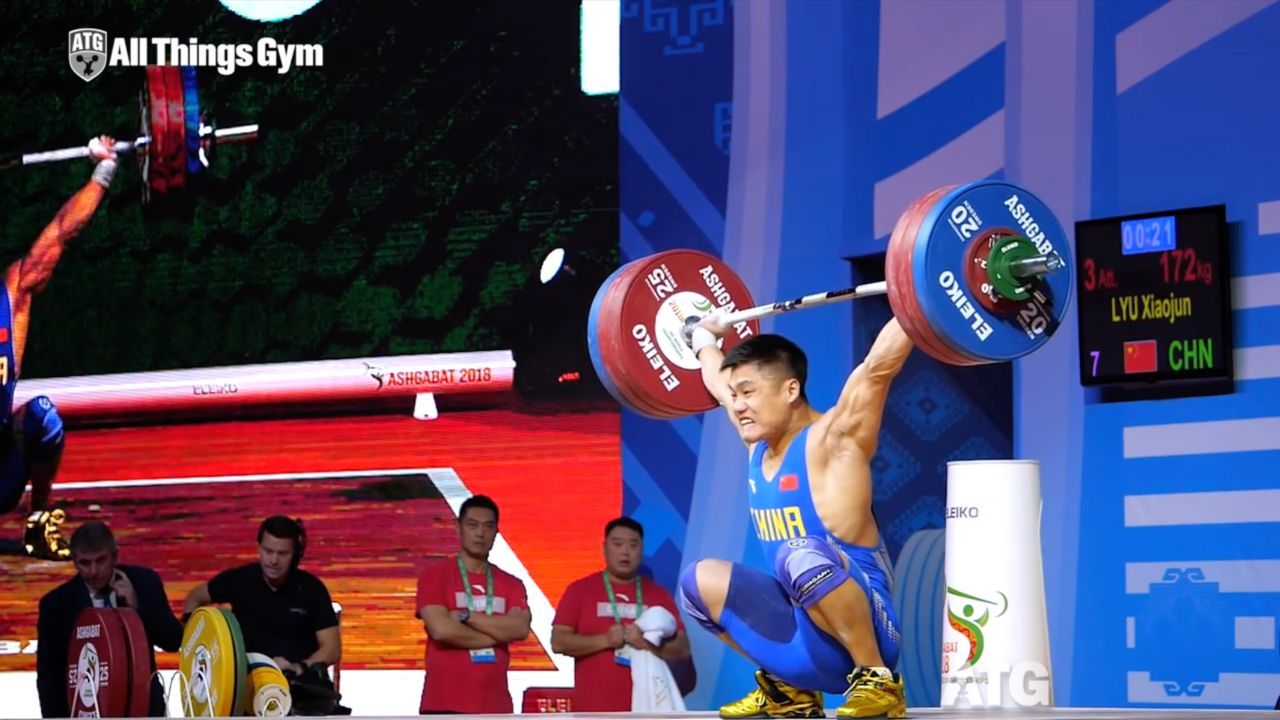
5. Overhead Position: Catching the Bar and Stabilizing: Here's where finesse meets strength. As the bar rises, pull yourself under it by pulling your elbows high and wide. As the bar reaches its zenith, dip into a squat and catch the bar overhead. Your arms should be fully extended, forming a sturdy "lockout."
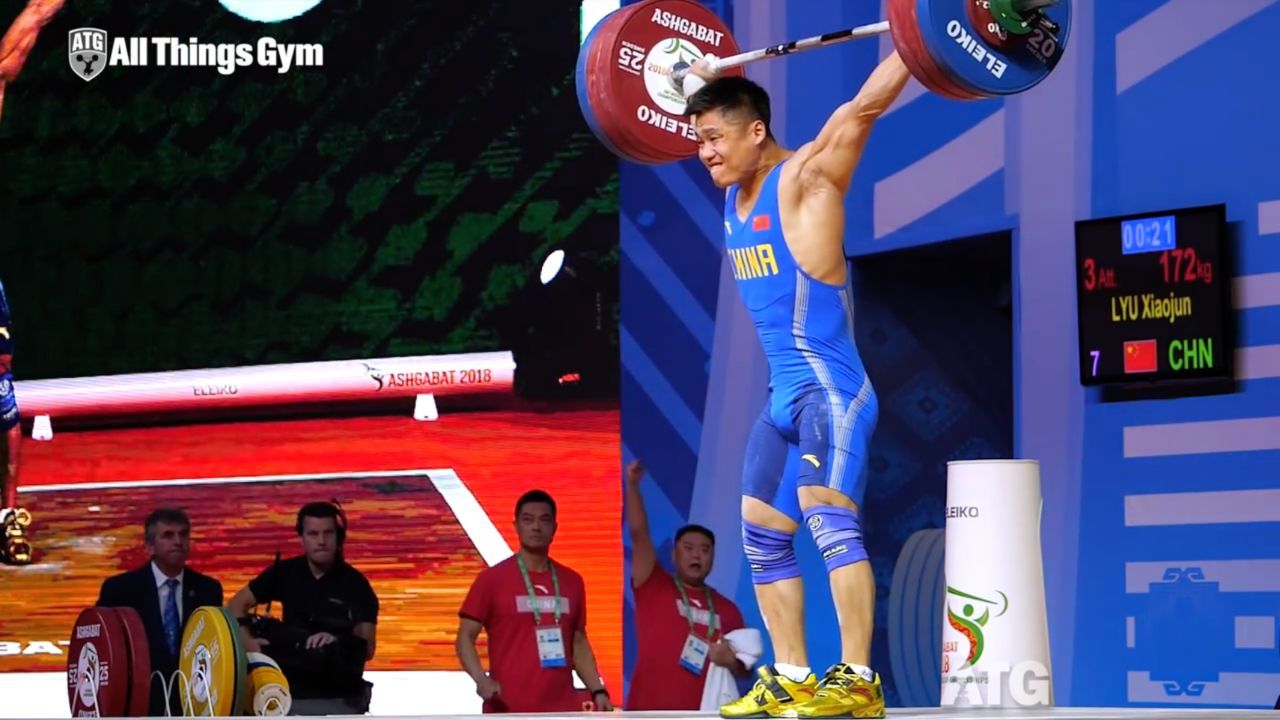
6. Stand Up: Rising from the Squat Position: With the bar secure overhead, rise from the squat position, standing tall and strong. You've just completed the journey of the Snatch – a movement that engages your body from toes to fingertips.
Techniques to Enhance Snatch Performance
- Mobility Exercises for Better Squat Depth: Flexibility is your ally here. Incorporate exercises that improve ankle, hip, and shoulder mobility. A deeper squat means you can catch the bar lower and more securely.
- Snatch Balance Drills for Stability: Think of these drills as your balance boot camp. They teach your body to swiftly and securely catch the bar in a deep squat. It's like teaching your muscles to speak a new language of stability.
- Overhead Squat Practice for Solid Catch Position: Practice makes perfect, and overhead squats are your practice ground. This exercise not only builds your squat strength but also ingrains the correct bar position overhead.
Remember, mastery takes time. Don't be disheartened if your Snatch doesn't look like a ballet of strength right away. With practice and persistence, you'll orchestrate a masterpiece of movement.
The Power Snatch: A Powerhouse Movement
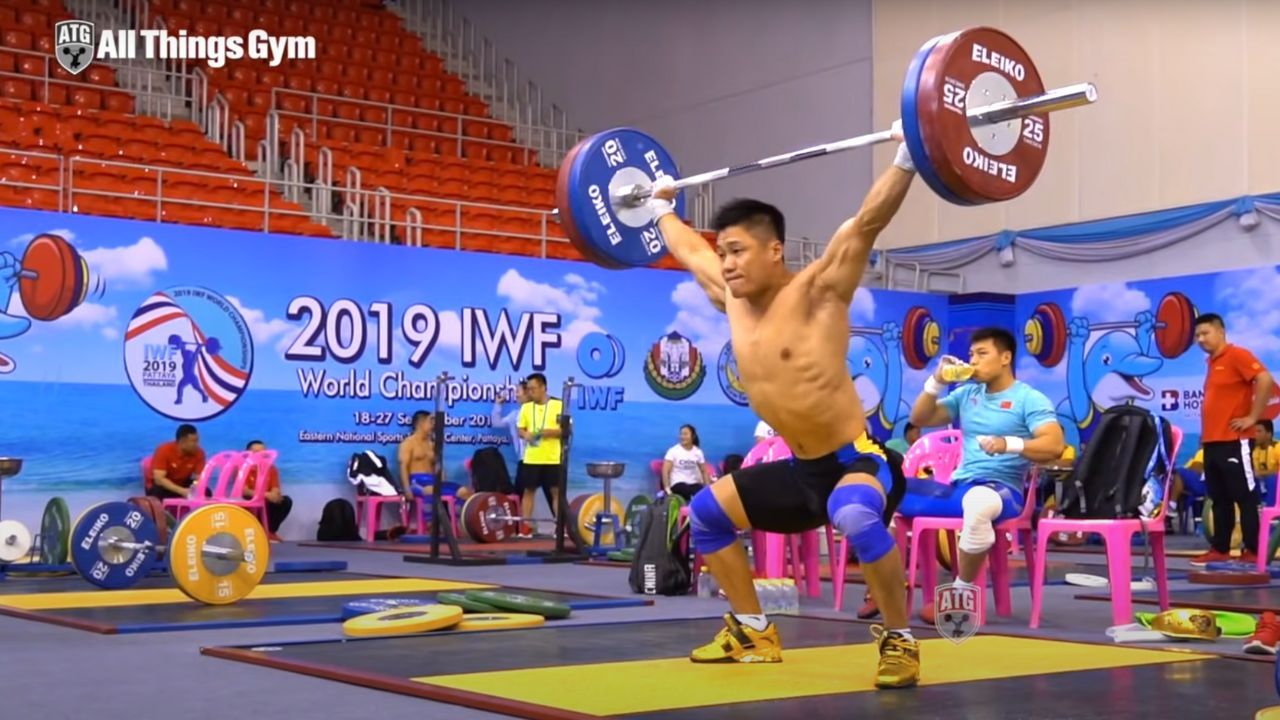
Hold on to your barbells, folks! Here comes the Power Snatch - the Snatch's more dynamic and explosive sibling. If the Snatch was a ballet dancer, the Power Snatch is a gymnast - swift, powerful, and full of energy!
Much like the Snatch, the Power Snatch is a full-body movement. It calls upon your lower body for that initial explosive power, your core for stability, and your upper body to finish the lift. Your quadriceps, hamstrings, glutes, lower back, abs, shoulders, and arms - they're all invited to this power-packed party!
But why should you add the Power Snatch to your fitness repertoire? Well, it's a fantastic way to boost your power, speed, and agility.
Whether you're an athlete looking to improve your performance or a fitness enthusiast aiming to break through a plateau, the Power Snatch can be your secret weapon. Plus, it's incredibly fun - a perfect way to inject some excitement into your workouts!
Strategies for Refining Power Snatch Technique
- High Pull Drills for Enhanced Explosiveness: Imagine you're starting a lawnmower – that's the motion you're looking for in high pull drills. This exercise hones your ability to generate explosive force from your hips and translate it into barbell elevation.
- Drop Snatch Exercises for Improving Speed Under the Bar: Think of this like a speed drill for your brain and muscles. The drop snatch helps you get comfortable with the lightning-fast descent under the bar, ensuring a seamless catch.
- Hang Power Snatch Reps for Better Coordination: It's like learning to dance in rhythm. Hang power snatches train your body to coordinate the explosive extension of your hips with the swift pull and catch.
Snatch vs Power Snatch: The Mechanics Unravelled
Now that we've introduced our two-star movements, it's time for a face-off! Let's compare the mechanics of the Snatch and the Power Snatch.
- In a Snatch, you pull the barbell from the ground and catch it overhead in a deep squat position, then stand up.
- In a Power Snatch, however, you catch the barbell in a partial, above-parallel squat.
The Snatch, with its deeper squat, works your lower body harder and requires greater mobility and flexibility.
- On the other hand, the Power Snatch, with its focus on explosive power, is excellent for improving speed and power output.
Remember, whether it's a Snatch or a Power Snatch, mastering these lifts takes time and practice.
So, be patient, stay consistent, and most importantly, enjoy the process! After all, fitness is not just about the destination, it's about the journey. So, let's make it a memorable one!
Common Mistakes and How to Avoid Them

Even superheroes stumble, and in the realm of Snatch and Power Snatch, a few common mistakes can cause a slight tumble. But don’t worry, we're here to catch you before you fall!
- One common error is the 'early arm pull', where you start pulling with your arms before fully extending your hips. This can reduce the power of your lift. Resist the urge to pull with your arms too early. Let the power generated from your hips and legs carry the bar upward, and then use your arms to guide it. So, keep those arms relaxed until your body has generated the initial thrust!
- Another frequent misstep is 'jumping forward'. This usually happens when the barbell drifts away from your body during the lift. The solution? Keep the bar close to your body throughout the movement. Imagine you're zipping up a really tight jacket - that's how close the barbell should be!
- Using Too Much Arm Strength: Think of your arms as guides, not cranes. The power should come from your lower body, and your arms are there to guide the bar into its final position.
- Not Hitting Full Hip Extension: Hip extension is your launchpad. Failing to fully extend your hips means you're leaving potential power on the table. It's like revving your car's engine but not releasing the clutch – you won't get very far.
Maintaining the correct form is crucial for both preventing injuries and maximizing results. So, take it slow, focus on technique, and remember, Rome wasn't built in a day!
Boost Your Performance: Improving Your Snatch and Power Snatch Techniques
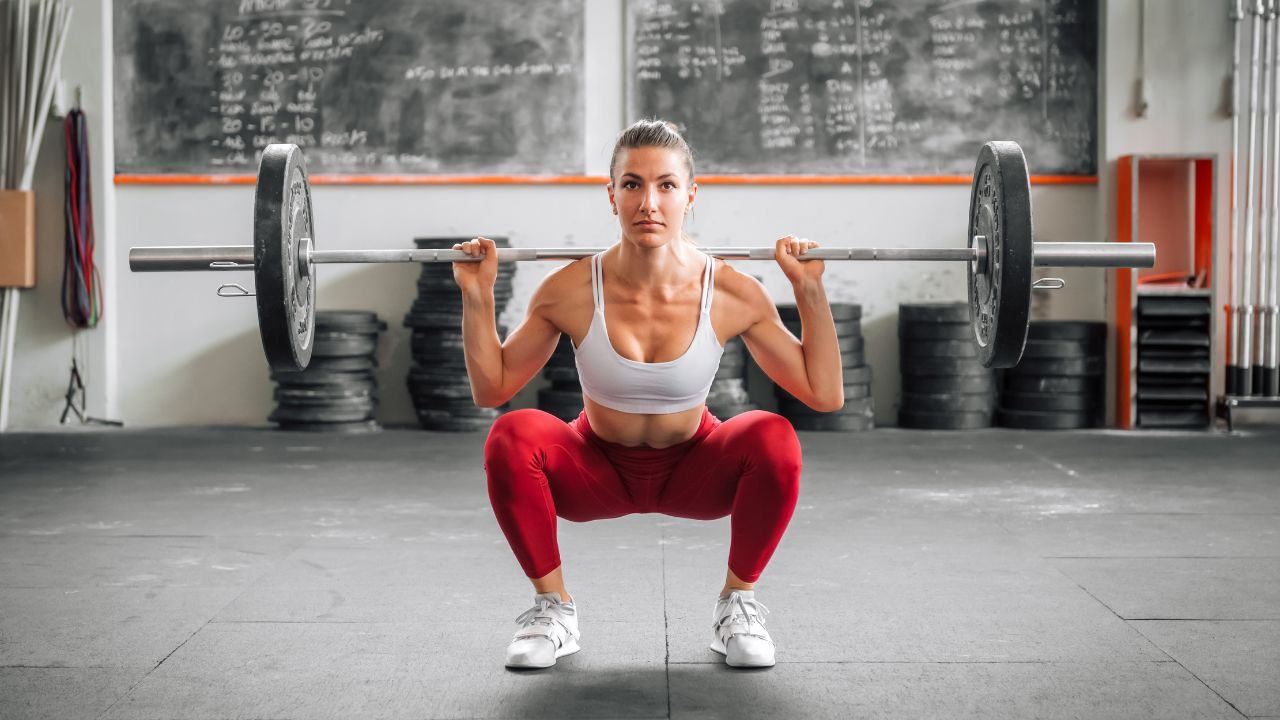
Ready to take your Snatch and Power Snatch to the next level? Here are some expert tips to turbocharge your technique:
- Strengthen Your Squat: A strong squat is the foundation of a powerful Snatch. Work on improving your squat strength, depth, and mobility.
- Practice the Hook Grip: This grip can enhance your control over the barbell and increase your lifting power.
- Use Accessory Exercises: Exercises like overhead squats, front squats, snatch pulls, and the muscle snatch can help improve your Snatch and Power Snatch performance.
- Importance of Mobility and Flexibility: Prioritize flexibility exercises to ensure your muscles move harmoniously during the lifts.
- Core Strength and Stability as the Foundation: A strong core enhances your stability and power.
- Breathing for Maintaining Intra-Abdominal Pressure: Breathe in before you initiate the lift, and exhale with control as you exert force.
- Mental Focus and Concentration During the Lifts: Channel your inner artist. These lifts require precision and concentration – a moment of distraction could throw off your entire performance.
- Importance of Gradual Progression and Not Compromising Form for Heavier Weights: Think of it as adding layers to your artwork. Gradually increase the weight while maintaining proper form to avoid turning your masterpiece into a sketch.
Remember, every small improvement adds up to big results over time. So, keep pushing, keep improving, and keep reaching for those fitness heights!
Bottom Line
Well, that was a thrilling ride through the world of Snatch and Power Snatch!
We've unveiled the mechanics of these movements, explored their benefits, and learned how to avoid common mistakes. Most importantly, we've seen how understanding these lifts can supercharge your fitness journey.
So, are you ready to add some Snatch and Power Snatch spice to your workouts? Go ahead, give them a try! And remember, every lift, every rep, brings you one step closer to your goals.
Your turn now! We'd love to hear about your experiences with the Snatch and Power Snatch. Got any questions or tips to share? Drop them in the comments section below. Let's continue learning together, one lift at a time!
Before You Go...
